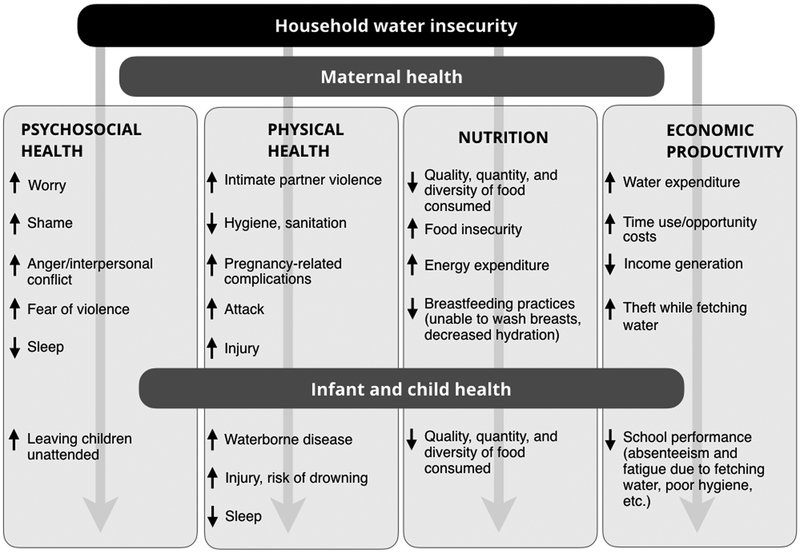Scientific excellence for social equity

Sera L. Young, Principal Investigator
Our areas of research



Water Insecurity
The ability to measure food insecurity has been transformative, but our understanding of both how to measure water insecurity and what its consequences are is in its early days. We are therefore exploring water insecurity quantitatively and qualitatively in a number of sites globally, and have discovered there are surprising and far-reaching ways that problems with water shape well-being. We have also collaborated with dozens of scholars to create a globally validated set of 12 questions to quantify experiences with reliable access and use of water. Learn about the Water Insecurity Experiences (WISE) Scales.

Food Insecurity
What is the role of food insecurity in adverse maternal and child health and nutritional outcomes, especially in the context of HIV? What are the types of effects, the magnitude of effects, and which of these are modifiable? How can food insecurity be mitigated amongst women and children in low-resource settings? To answer these questions we have conducted observational and intervention studies in Tanzania, Kenya, and Uganda.

Pica
Is pica an adaptive response to health challenges? What is the relationship between pica and iron deficiency? In our data from East Africa, North America, and elsewhere, we know that non-food cravings and iron deficiency are associated, but the nature of the relationship is unclear. We have used a variety of in vitro and in vivo animal studies, as well as observational cohorts, to ascertain the mechanisms underlying this relationship, and to test the two major physiological hypotheses about pica: supplementation and detoxification.
